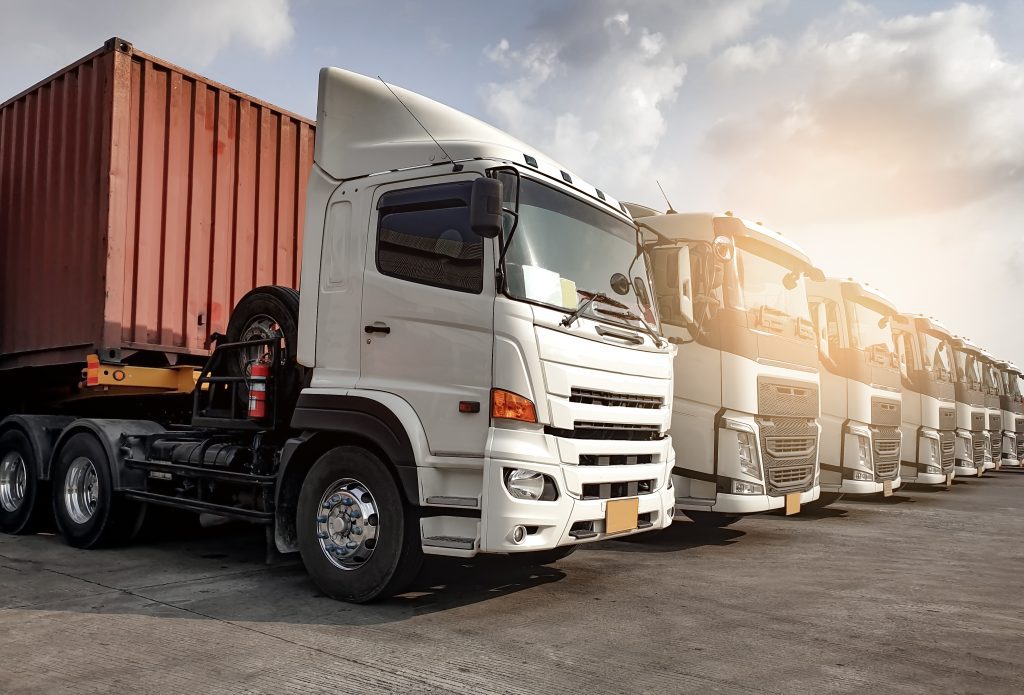As today’s world becomes increasingly digital, merchants across all industries have seen a dramatic shift in the way businesses and consumers make purchasing decisions. Fueled by the pandemic and rising concerns over the Delta variant, the transportation industry in particular, is going through its own digital evolution. In the last year, digital payment experiences became a critical part of the trucking business. Drivers needed a way to earn money, pay for fuel, and other on-the-road expenses safely while worker shortages and supply chain constraints thinned out margins.
Prior to the pandemic, some players in the transportation industry were trapped in a time capsule of manual processes and paper invoicing, paired with a “why fix what isn’t broken?” attitude from drivers and fleet managers who had decades of experience operating in the same way. Once additional strains were placed on fleets to increase efficiency, technology companies like Comdata, who have roots in digital payment technology, were called upon to accelerate digital transformation.
Today, the need to protect drivers and keep them on the road remains a top priority. As such, the industry is seeing a rise in the use of contactless payments and digital transactions for the delivery of goods. Comdata’s Virtual Comchek, for example, was adopted by several operators to maximize flexibility and accessibility of funds as well as reduce the need to exchange physical checks and documents with suppliers for peace of mind.
The long-term benefit for both drivers and fuel merchants to adopt changes is operational efficiency and cost-savings. Drivers make money from the miles driven, the volume of deliveries completed, and limiting deadhead time in between deliveries. Right now, there are several points of friction in the fuel payment process that delay a driver from continuing their mission to deliver goods. For example, once a driver pulls up to a pump, they are instantly inundated with several prompts and questions before the transaction can even begin. These seem like small interruptions but for a professional truck driver, they add up to cause unnecessary delays. Fueling is a necessity but requires efficiency to keep drivers on the road.
Fuel merchants have begun to embrace the digital efficiency trend by coming out with their own mobile apps that allow drivers to use their fleet card in a completely contactless transaction. Merchants such as Pilot, Loves, TA, and Exxon, have all adopted this technology and leverage GPS tracking to automatically detect the driver’s location for a frictionless payment experience resulting in increased customer loyalty.
Logistical challenges and solutions
The payments industry still faces roadblocks to fully adopting the new digital transformation– the primary one being hardware infrastructure. Even with several merchants making strides to accept digital payments, the technology is still not universal, and the hardware component remains as the biggest obstacle to overcome. Some contactless payment technologies leverage near-field communication (NFC) or Radio Frequency Identification (RFID) which require extensive and costly hardware retrofit or replacement at each pump.
To illustrate this further, one could imagine an average national fuel chain could have tens of thousands of pumps to retrofit to accept contactless payments. As it stands, this effort is simply not justifiable in terms of ROI.
In the short term, native apps put out by merchants will remain as the most feasible option as this solution requires only software updates to a central data source. These cloud-based transactions require communication between the customer’s phone and the single computer or cloud process that controls each pump. This is ultimately, a much more reasonable cost for the merchant to take on and implement.
The future of payments
It is safe to say that the effects of digital transformation fueled by the pandemic are here to stay. Contactless payments went mainstream with retail consumers first and it’s picking up steam for long-term adoption within the fleet industry. The adoption of contactless payments by fleets can help improve operational efficiencies, cuts costs, and reduce fraud – an issue that has plagued the industry for a long time. Just as Uber popularized ambient payments for taxi rides, shifting the focus of the transaction away from the payment experience will allow fuel merchants to redirect the focus of the customer on the seamless experience and build trust and repeat business.
In the next ten years as the transportation industry continues to evolve and keep up with the increased demands for fast and efficient deliveries, the process of manual payments will be a distant memory in the minds of the end-user. Moving forward, the transportation industry will see an evolution that shifts the focus of fueling away from payments and towards getting drivers back on the road as quickly as possible to increase profit margins for drivers and fleet operators alike.
